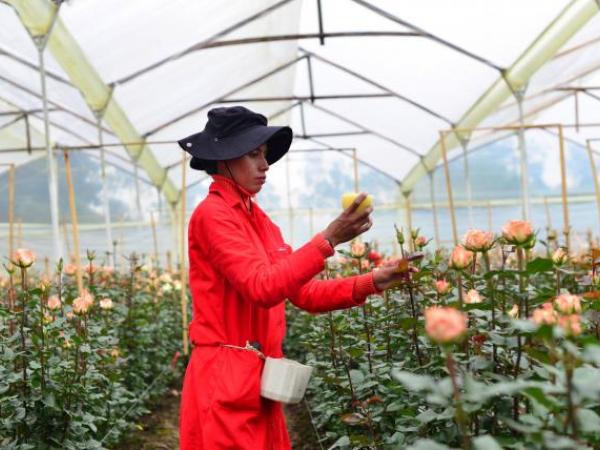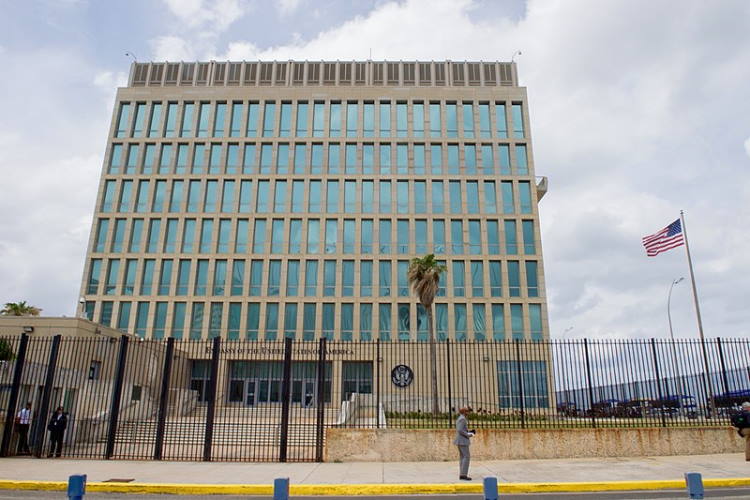Neither the high costs of fertilizers nor the ravages of the pandemic have made the flower sector affect your sales.
This was stated by businessmen in the sector, such as Daniel Piedrahíta, founder of San Isidro crops in La Ceja, Antioquia, who affirms that despite the fact that the value of flowers quintupled, sales continue to rise.
(Read: Colombian exports grew 45.2% in the first quarter).
Likewise, two flower growing houses in Antioquia indicate that businesses have not been affected, despite the fact that they are not covered by the measure decreed by the National Government of 0% tariff for agricultural inputslaunched between March and April, since they had already stocked up with supplies for the whole year.
According to the Ministry of Commerce, Industry and Tourism, the number of sales of flowers abroad in 2021 was US$1,727 million, achieving an increase of 17.1% compared to pre-pandemic figures (2019).
According to Dane, Colombia is the second flower exporting country in the world after the Netherlands; “with 5,700 million annual stems”, as explained by the Minister of Agriculture, Rodolfo Zea.
From the more than 15 hectares of white hydrangeas of the San Isidro Crops, Piedrahíta explains that “last year the dream was to sell a stem for 31 cents of a dollar, and we managed to sell it on average for 45 cents, but the customer in the United States buys a flower for 4 dollars”. Which meant, he adds, a great economic boost, more so with the high prices of the dollar.
In addition, it highlights that at this time the production is concentrated 80% in exports, and only between 15% and 20% is national salesbut they expect that in 10 years 80% corresponds to country sales.
“In Eastern Antioquia, on a normal day, 11 flights of flowers leave, and in peak times 35 flights of flowers leave daily (…) Our biggest buyers are the United States, with a focus on Miami, and London.”, says Piedrahita.
(Besides: Oil, coal and coffee, the most exported in the quarter).
He adds that this year’s export goal is 2.8 million flowers, and which in 2021 closed with more than 2.6 million. This allowed them to reach the production goal even before the end of the year, in September.
Of the 50 farm workers, 60% are women, “because when a woman works, there are 2 salaries in the family, and when there are 2 salaries there is well-being”.
On the other hand, José Alirio Ramírez, Manager of Jardines de San Nicolás, a chrysanthemum flower farm for export, in La Ceja, Antioquia, adds that for them the pandemic did not have a great impact, since, unlike other sectors “we were able to support our people and the economy of the municipality”. And he adds that for them, the rise in prices is not due to the cost of fertilizers, but to investments in the quality of the product such as better packaging and flowers in different presentations.
“We produce around 62 million stems a year, which represents income for the region in general terms of foreign exchange of around US$9 million,” added the businessman.
BRIEFCASE


















